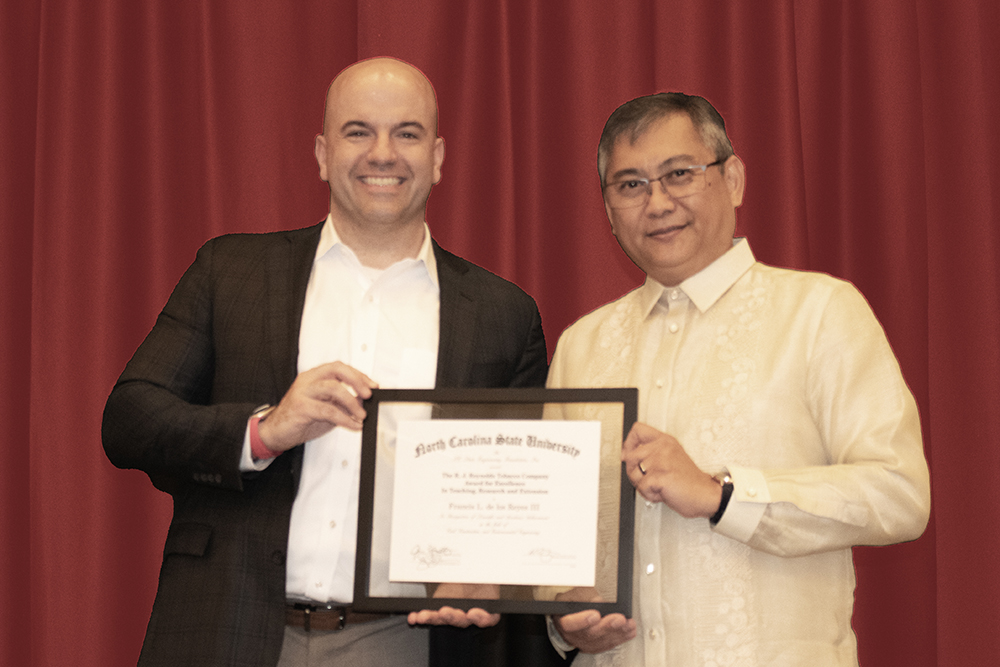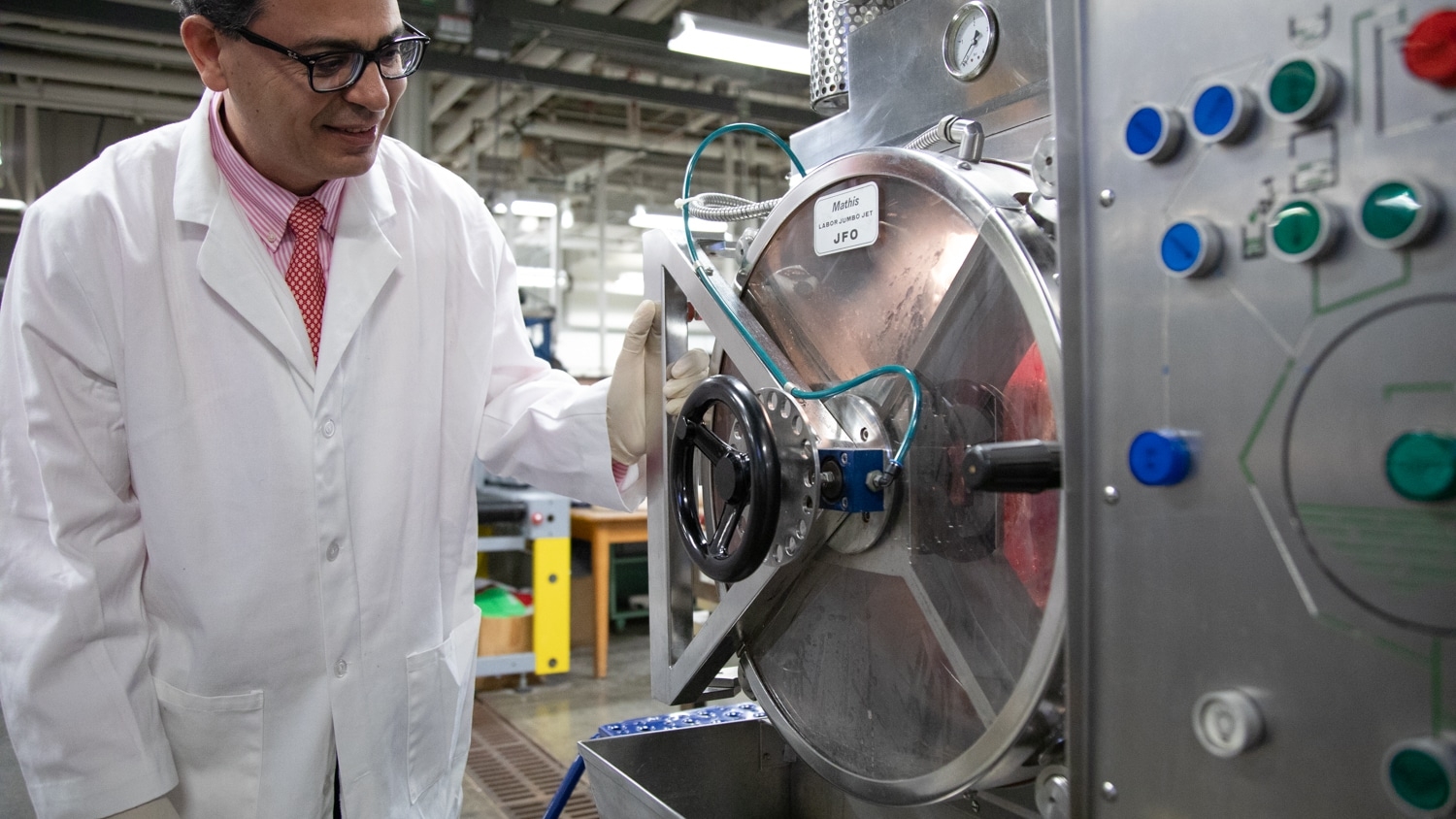TECS faculty awarded $1.8 million grant from the National Institute of General Medical Science
Assistant Professor Yang Zhang will use the prestigious NIH MIRA grant to fund research integrating dye chemistry, fiber science and biomedical research.

Light, or lack thereof, is a key issue when studying nanoscopic biological environments in high-resolution microscopy.
To study and solve this issue, Yang Zhang, assistant professor at the Wilson College of Textiles, will utilize a five-year, $1.8 million Maximizing Investigators’ Research Award. The grant is distributed by the National Institute of General Medical Sciences, a sector of the National Institutes of Health.
The field of single-molecule super-resolution imaging aims to help professionals like doctors, biologists and pathologists see cells better under microscopes. Improving resolution while minimizing damage to cells being observed has interdisciplinary benefits that span from medical practice to cell biology.
“DNA is a fiber. In one of 37 trillion cells that make up a human body, if you splice all the DNA from a cell together it would be two meters long. So the DNA must be tightly packed to fit in a cell nucleus, sized one-tenth of the thickness of a human hair. Essentially, we’re trying to solve how DNA fiber is physically opening up just like unwinding a yarn package,” Zhang explains. “Our technology is especially focused on trying to decode the DNA and studying the fibers. The biological problem we’re trying to solve is related to polymers and fibers within the cell.”
The specific goal is to “develop a toolbox” of fluorescent dyes to enhance microscopy, leading to more accurate and efficient tools to assist in diagnosing diseases as well as numerous other applications across fields. Associate Dean for Research Xiangwu Zhang explains the significance of the college receiving a grant of this stature.
“This NIH-sponsored project marks a significant milestone for the Wilson College of Textiles, highlighting a promising intersection between textiles and biomedical science. Here, fibers and polymers are dyed with the goal of advancing human health,” he says. “Dr. Yang Zhang and his research team will engineer innovative fluorescent molecules to dye natural fibers and polymers, enabling visualization of their roles as they are ‘woven and spun’ into essential life processes. Leveraging expertise in textile dye chemistry, this project is set to drive scientific discovery and innovation across a broad spectrum of biomedical research, including epigenetics, chromatin biology and cell biology.”
Throughout the five-year term, examples of the planned use of the grant funds include:
- hiring post-doctoral and graduate researchers,
- building out the current microscope accessible for researchers in the college,
- incorporating machine learning to assist in the decoding of dye and color, and
- buying high-sensitivity cameras and other equipment.
This post was originally published in Wilson College of Textiles News.
- Categories:


